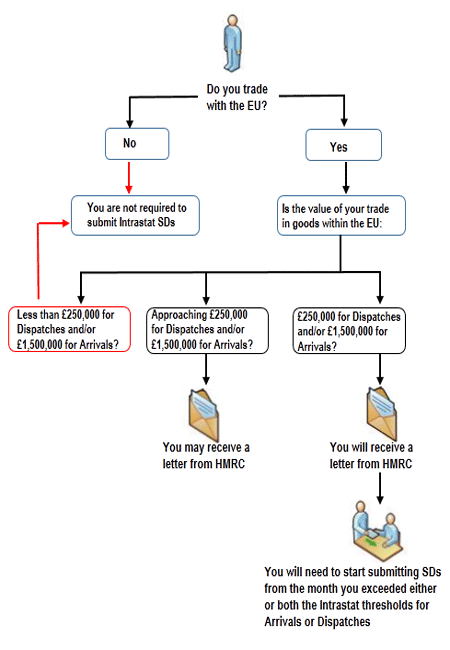As you were…
The UK Government has announced that it is to delay the introduction of the VAT Domestic Reverse Charge (DRC) for construction businesses by a year after a coalition of trade bodies and organisations highlighted its potentially damaging consequences. Details of DRC here
The DRC was due to come into force from 1st October this year, but it has been announced via Revenue and Customs Brief 10 (2019): domestic reverse charge VAT for construction services – delay in implementation that it has been deferred for a year. The new implementation date will be 1 October 2020 unless there are further delays.
The move has been welcomed by all parties affected by the rules and HMRC said that it was committed to working closely with the sector to raise awareness and provide additional guidance to make sure all businesses will be ready for the new implementation date.
Invoices etc
HMRC have also recognised that some businesses have already put changes in place to anticipate the original introduction date and appreciate that it may not be possible to reverse these changes before 1 October 2019. Where “genuine errors” have occurred, HMRC has stated that it will take into account the late change in its implementation date.
Comments
The Chief Executive of the Federation of Master Builders said “I’m pleased that the government has made this sensible and pragmatic decision to delay reverse charge VAT until a time when it will have less of a negative impact on the tens of thousands of construction companies across the UK. To plough on with the October 2019 implementation could have been disastrous given that the changes were due to be made just before the UK is expected to leave the EU, quite possibly on ‘no-deal’ terms.” The situation hasn’t been helped by the poor communication and guidance produced by HMRC. Despite the best efforts of construction trade associations to communicate the changes to their members, it’s concerning that so few employers have even heard of reverse charge VAT.”
It has been stated by certain trade bodies that more than two-thirds of construction firms had not heard of the VAT changes and of those who had, around the same number had not prepared for them. My own experience backs this up and talking to other tax people and building businesses it is clear that this is not an issue which has been publicised widely and despite accountancy firms doing their best to bring it to the attention of relevant clients and contacts, many remain unaware.
Commentary
Discussions over Brexit (obviously!) have been blamed for the situation, although there is no word about why HMRC waited until a month before the intended implication to decide to delay the DRC. A lot of work has been carried out on this matter, and changes to documentation, processing and systems have taken place which will need to be reversed before 1 October 2019. At least the delay will provide HMRC with a new chance to let affected parties know next time and gives them time to identify why so many building businesses were unaware of the reverse charge.
Whether the DRC IS introduced next year remains to be seen. To my mind, it does not deal with the major sources of tax leakage in the construction industry and, as usual, complaint business will play by the book and those that do not will find a way round the rules. To exclude labour only services appears to be a folly. Perhaps they will be amended before next year.

